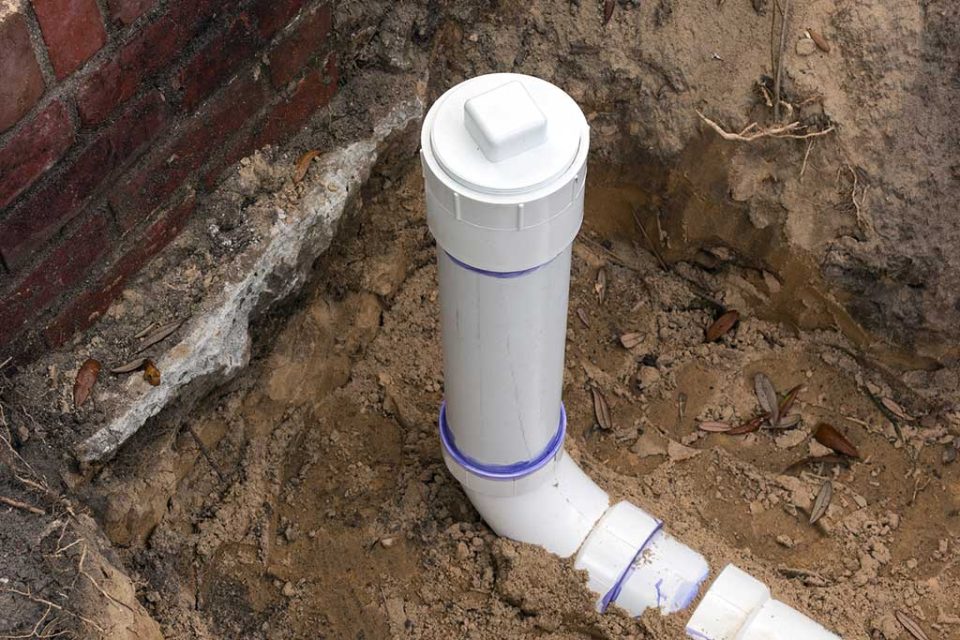A well-functioning plumbing system is a cornerstone of a comfortable home, and when it comes to plumbing, there’s one critical aspect that often gets overlooked—your sewer system. While many homeowners focus on the visible parts of plumbing, such as faucets, pipes, and drains, the unseen sewer system plays an equally vital role in ensuring your home remains safe, clean, and free of unwanted odors. But, what if your plumbing system is missing essential sewer elements that could prevent future headaches? In this article, we’ll explore some of the often-overlooked sewer essentials that could be crucial for the longevity and efficiency of your plumbing system.
Understanding the Importance of a Functional Sewer System
Before delving into what might be missing from your plumbing setup, it’s important to grasp the significance of a properly functioning sewer system. The sewer system is responsible for transporting waste and wastewater from your home to the municipal sewer line or your septic tank. Its primary purpose is to ensure that water from toilets, sinks, showers, and dishwashers is safely directed away from your home without causing blockages, odors, or, worse, backups into your living space.
When working properly, a well-maintained sewer system runs smoothly in the background, invisible but indispensable. However, if essential components are missing or not properly installed, you may face everything from unpleasant odors to major plumbing disasters. Ensuring that your sewer system is complete and in optimal condition can save you time, money, and stress in the long run.
1. Proper Ventilation System
One of the most crucial elements of any sewer system is a properly installed venting system. Vent pipes, usually located on the roof, allow air to enter the plumbing system and equalize the pressure within the pipes. Without adequate venting, your plumbing system can struggle to function properly. Here’s why:
-
Prevents Drainage Problems: Without vent pipes, wastewater can’t flow freely, leading to slow drains, gurgling noises in your pipes, and even complete blockages.
-
Eliminates Odors: Ventilation is also essential for preventing the buildup of sewer gases within your plumbing system. Without a functioning vent, unpleasant odors can leak into your home.
-
Prevents Pipe Damage: The pressure caused by lack of ventilation can lead to cracks or leaks in your pipes. Over time, this can cause significant damage to the system, leading to costly repairs.
If your plumbing system lacks adequate ventilation, it may be time to have a professional plumber inspect and install proper vent pipes to ensure that air can circulate freely through your plumbing.
2. Backflow Prevention Valve
Sewer backups are one of the most unpleasant—and potentially dangerous—issues a homeowner can face. Imagine flushing the toilet or draining your sink, only to have the wastewater return in a reverse flow. It’s not only unsanitary but can also cause extensive damage to your home. One of the best ways to prevent this is by installing a backflow prevention valve.
This device is typically installed in the main sewer line of your home, where it acts as a one-way valve, preventing wastewater from flowing back into your plumbing. Backflow valves are essential in areas prone to heavy rainfall or flooding, where the municipal sewer system could become overwhelmed, causing a backup into residential homes. They also offer peace of mind, knowing that your home is protected from contaminants that could result in health hazards.
3. Septic Tank Maintenance or Proper Connection to Municipal Sewer
Not every home is connected to the municipal sewer system; some rely on septic tanks to manage waste and wastewater. If you live in a rural area or in a home built on a large plot of land, your sewer essentials may differ. However, maintaining a functional septic system is just as important as ensuring proper sewer connection.
-
Septic Tank Pumping: Over time, solid waste and sludge accumulate in septic tanks, reducing their capacity and efficiency. Regular pumping—typically every 3–5 years—is crucial to ensure that the system continues to function without fail. Neglecting septic tank maintenance can lead to overflows, foul odors, and system failure, resulting in costly repairs or replacements.
-
Proper Connection to Municipal Sewer: If your home is connected to a municipal sewer line, it’s essential that the connection is done properly. Improper connections can lead to leaks or blockages, which can result in costly repairs and potentially hazardous situations.
4. Sewer Line Cleanouts
A sewer line cleanout is an essential part of your plumbing system that allows for easy access to the main sewer line for maintenance and clearing of clogs. These cleanouts are typically installed at the point where the sewer line enters your home, as well as at intervals along the line to ensure that blockages can be cleared easily.
If your plumbing system doesn’t include sewer line cleanouts, clearing a blockage can become a complicated and expensive endeavor, often requiring invasive digging and major disruptions. Having a cleanout installed can simplify the process of removing debris and clearing clogs, minimizing the damage and cost of repairs.
5. Drainage Slope and Proper Pipe Alignment
Another essential element that is often overlooked is the slope of your sewer lines. Properly aligned pipes with the correct slope are necessary to ensure that wastewater flows efficiently toward the sewer line or septic tank. A typical pipe should slope downward at a rate of about 1/4 inch per foot. This slight incline allows gravity to assist in the movement of wastewater through the pipes.
If your pipes are improperly aligned or lack an adequate slope, water may pool in certain sections, leading to clogs and blockages. Over time, this can result in significant damage to your pipes, as stagnant water can cause corrosion and leaks. Ensuring that your pipes have the proper alignment and slope during installation or renovation can help prevent these issues from occurring in the first place.
6. Tree Root Barriers
Tree roots are a common culprit in damaging sewer systems, particularly in older homes or those with mature landscaping. Roots naturally seek out water, and if they find a crack or break in your sewer lines, they’ll infiltrate the pipes and begin to grow inside, causing blockages and damage. This can lead to expensive repairs and even the need for pipe replacement.
Installing tree root barriers when planting trees near your sewer lines or around the perimeter of your plumbing system can prevent this type of damage. Additionally, if you suspect that tree roots are already a problem in your sewer lines, it’s important to have a professional plumber inspect and remove the roots before they cause further damage.
7. Regular Sewer Line Inspections
Finally, perhaps the most critical yet underutilized component in maintaining your sewer system is regular inspections. With modern technology like video camera inspections, plumbing professionals can examine the inside of your pipes without needing to dig up your yard. This non-invasive method allows them to spot potential issues like cracks, clogs, or root intrusion early on before they become major problems.
Investing in periodic sewer line inspections, especially if you live in an older home or one with mature trees, can help identify issues early and avoid expensive emergency repairs later on.
Conclusion
Your plumbing system is an intricate network of pipes, drains, and fixtures that work together to ensure a smooth and hassle-free flow of water and waste. While much attention is often given to visible elements like faucets and sinks, the sewer essentials that operate behind the scenes are just as critical. From proper ventilation and backflow prevention to regular maintenance and inspections, ensuring that your plumbing system is complete and up to code will safeguard your home from costly damage and inconvenience.
If you’re unsure whether your plumbing system is missing these sewer essentials, consider consulting a professional plumber to perform a thorough inspection and provide recommendations. By taking proactive steps to address these critical components, you’ll ensure that your home’s plumbing system continues to operate efficiently and safely for years to come.

